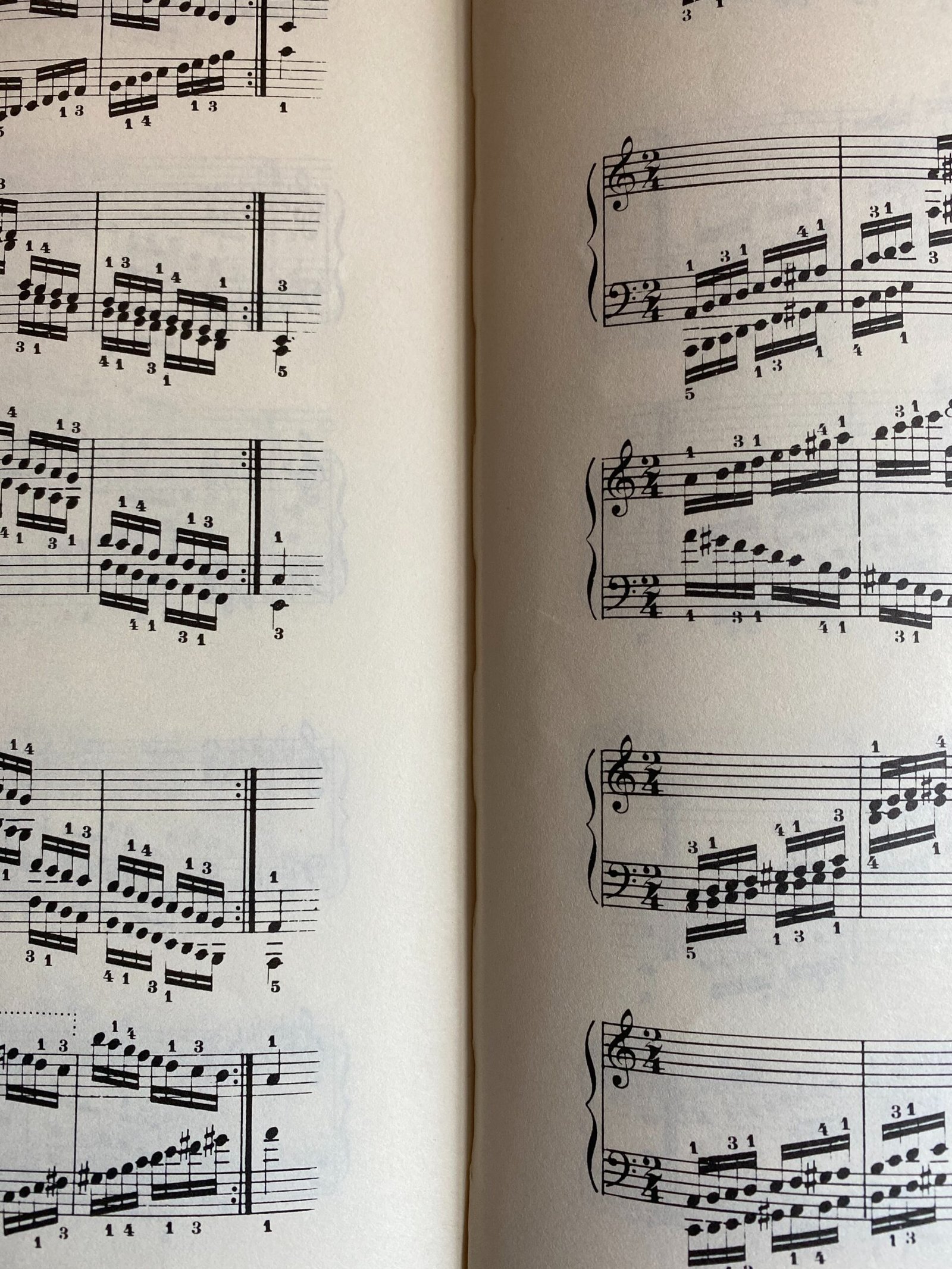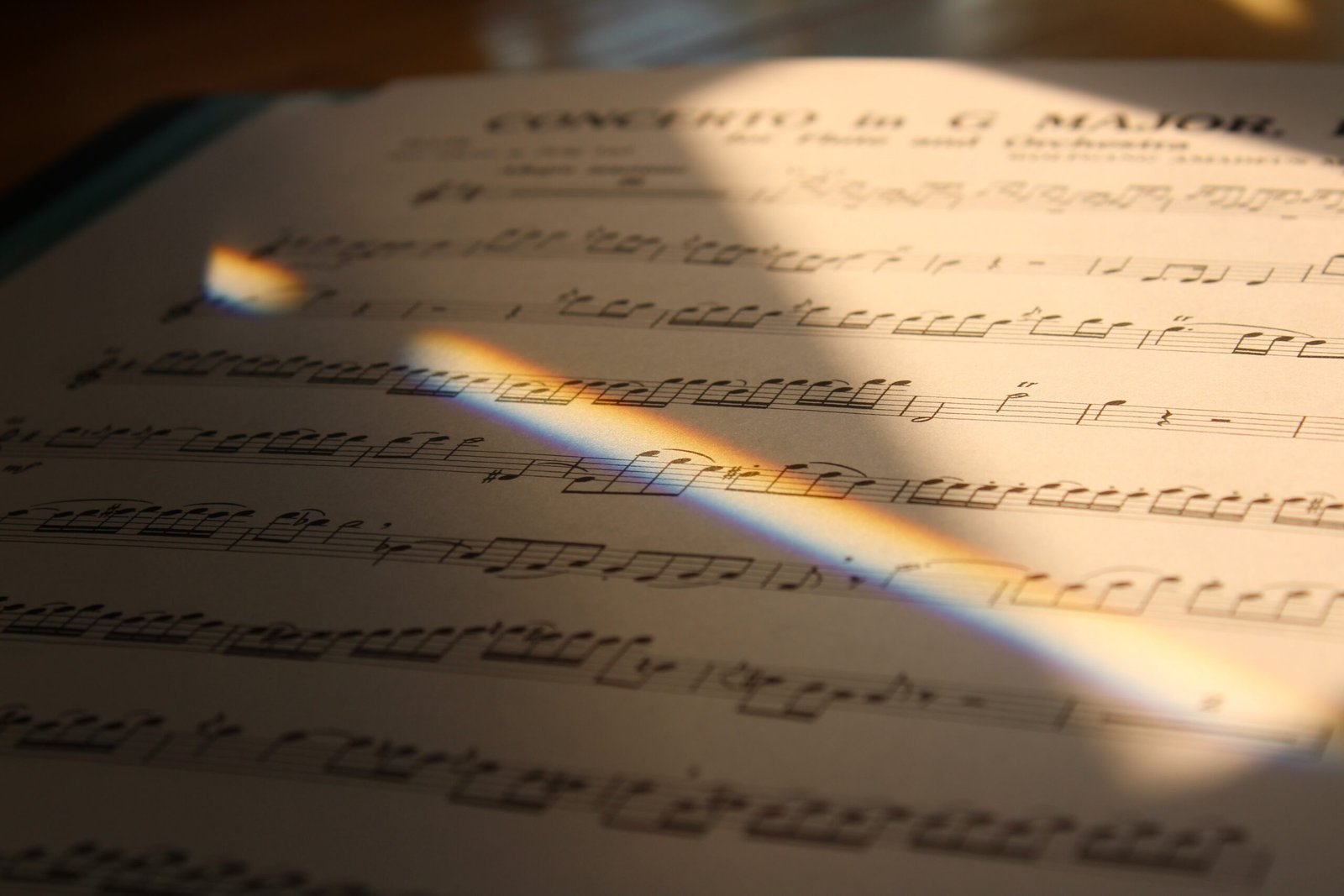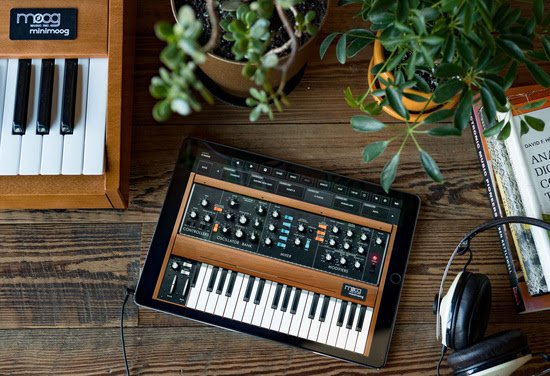Learning how to play sheet music is a great skill to have.
Not only will it help you become a better musician, but it can also be used as an easy and fun way of teaching music!
That’s why we’ve compiled this list of tips and tricks for those who want to learn how to play sheet music. With these simple steps, you’ll be playing like the professionals in no time at all!
Choose a song to transcribe
One of the most popular songs to transcribe is “Twinkle Twinkle Little Star.” This song has a very simple melodic structure and can be played using just two chords, G and C. Many people learned how to play the piano using this song as a guide.
Of course, you can choose whatever song you’d like to transcribe, but it is usually best to start with the easier songs first. This is due to the fact that when you take on more complicated sheet music notes, you can easily get frustrated and you might give up. Starting simple has always been a good idea in the world of learning.
Start by listening to the song
Once you know what song you would like to transcribe, start at the beginning and listen through it once. Try singing along with the melody as you go, this can be helpful because it will force you to pay even more attention to the notes that are being played. Plus if there is a specific syllable for each note (ex: “doe”) then you’ll only get lost later on when someone asks how far into your transcription process did you get or what notes were playing at that point in time.
After finishing your first playthrough, set it aside for a day or two. Then go back and replay the song again. You’ll notice that after having taken time away from it, your ear will be more attuned to the song. You should be able to pick up on different things this time around, including the different rhythms and chord changes.
Learn the chord progression first
Before you can even begin to think about playing or writing down sheet music notes, you have to learn the chord progression first. This will be your foundation for building upon as you analyze what is happening in the song. Transcribing will just feel like a chore if you don’t know where each chord fits into place within the structure of your tune. If there are two chords that are being used over and over again throughout the whole piece then it’s probably safe to say that those chords make up most of your song’s rhythm section (ex: G and C for “Twinkle Twinkle Little Star”).

Figure out the rhythm
Now that you know your chords it’s time to figure out the rhythm. There are three main components to consider; beats, bars, and tempo. Beats are what the song is divided into (ex: each note has its own beat). Bars refer to how many beats can be played in a single measure (ex: four beats per bar). The tempo of your transcription will let you know how fast or slow everything is being played (ex: 80 bpm means 80 beats per minute). So if you think about it, all three of these components work together hand-in-hand to create the overall flow, feel, and experience of your transcribed piece of sheet.
Write down or play the notes
Now that you have the chord progression and rhythm figured out, it’s time to write down or play all of your sheet music notes. This will be easier said than done for sure. If you’re having trouble with any note in particular then consider looking at its location within the bar relative to your main root chord (ex: second note in the fourth bar). Remember to not get too wrapped up in each individual note so much as what is happening throughout this section of sheet music.
If you are playing the song yourself on an instrument, be sure to keep track of the rhythms using a metronome. Knowing where each quarter note falls is important if you want to accurately transcribe what’s going on.
Play through your chosen song slowly
It is important that you play through your chosen song even more slowly than the original recording. This is because you are not only trying to figure out what notes are being played, but also how they fit together within each beat. So for instance, if your song’s rhythm has quarter notes (ex: four beats per bar) then it may be helpful to tap your foot along to that beat as well.
Furthermore, be sure to keep note of what you’re learning along the way. This can be in the form of writing notes about your process, recording yourself playing the song if possible, or simply making a mental note of where certain chord changes and rhythms occur. You’ll thank yourself later for taking these steps because this will prevent you from having to go back and relearn how to play sheet music over and over again.

Take breaks
When learning how to play sheet music, taking breaks between sessions is always a good idea. This way you can relax and rejuvenate your ears so that you have the best possible chance of correctly transcribing the song from beginning to end without any errors. This whole process is about having fun after all, so enjoy yourself!
Working long sessions without breaks can be really tough. Make sure that you take a break every 30-45 minutes so that your ears don’t get too fatigued, which would ruin all of your hard work up until that point. During breaks, our brain works on memorizing the song to make sure you have it down perfectly when you are ready to record yourself playing it.
With these simple tips, you’ll be able to learn how to play sheet music in no time at all! Whether this is your first time or you’ve been transcribing for years, it doesn’t hurt to brush up on the things that make up a good transcription experience. This is because you never know when someone is going to ask you how to play a certain song and you’ll want to be able to say that you have the ability to do so! So get ready, put on your favorite sheet music or instrumentals track, and start working on figuring out how it goes.






